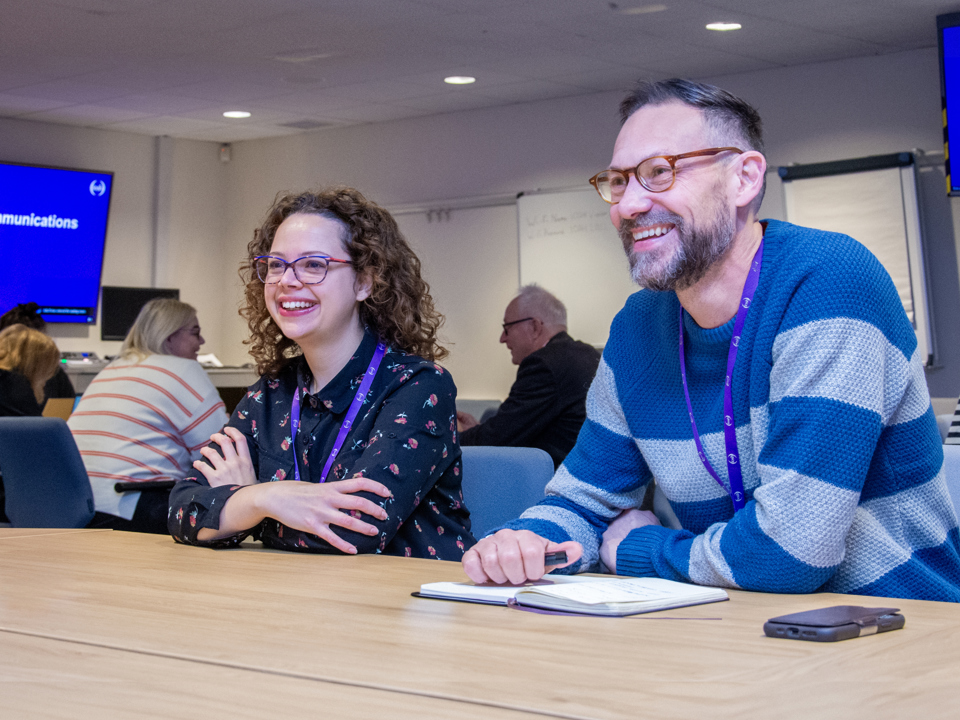Get involved
Help us create a safer world for all workers
Our vision is a safe and healthy world of work – but we can’t achieve it without the help of our thriving global community. That includes more than 50,000 global members, our dedicated volunteers, experienced training partners and the academics who support our research.

Become a member
We have a thriving community of more than 50,000 members in over 130 countries. Our membership is recognised worldwide and brings many benefits to ambitious occupational safety and health (OSH) professionals. It’s also an excellent way to support our work while progressing your professional journey.

Events
Attending events and webinars is a great way to access fresh information, build relationships and keep your continuing professional development (CPD) record up to date. We encourage all our members and the wider occupational safety and health (OSH) community to come together to share ideas and best practice.
Volunteer with us
Your time, knowledge and dedication to our profession are crucial to the work we do. We can’t deliver our vision without your support. And helping us helps you, too, by contributing to your continuing professional development (CPD).

Become a training partner
We and our partners deliver awareness training in over 130 countries around the world. By partnering with us, you can provide first-class training to create a safer and healthier world of work.
You could become an approved IOSH training provider and deliver high-quality courses in safety and health. Or, if you’re a higher education institution or awarding organisation, get your qualifications accredited by IOSH.

Have your say
The IOSH forums are a free resource for members and non-members. You can access the forums via our old website.
Posts by forum users are personal opinions and we are not responsible for the content or accuracy of any of the information contained. Please carefully consider any advice you receive.

Join our team
We employ around 200 people. Our head office is just south of Leicester city centre. It’s tucked away in its own grounds surrounded by lawns and trees but still close to shops and places to eat.
We live and breathe our values and we welcome talented individuals who are passionate and share our ethos.
 IOSH
IOSH